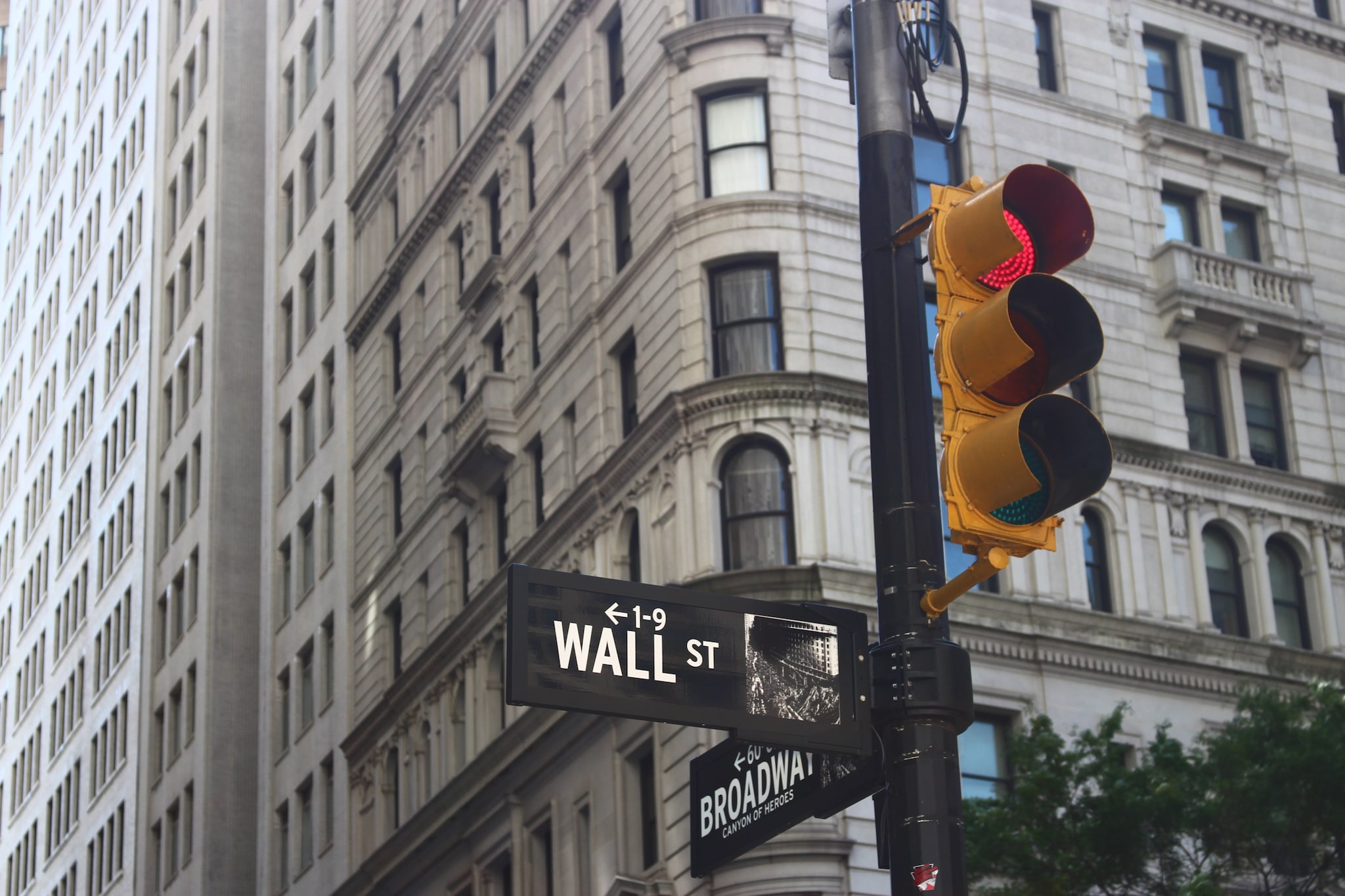Jahangir Aziz, Head of Emerging Market Economics Research at JPMorgan, said the Federal Reserve is expected to remain cautious for a longer period, even though the US economy appears stable for now.
Aziz explained that while retail sales and job data look solid, the Fed is signalling a wait-and-watch mode due to growing concerns about future risks. “The Fed is here for the long haul,” he said, highlighting that policymakers are not in a rush to cut rates.
He expects the US economy to slip into a recession in the second half of 2025, with both the third and fourth quarters likely to record negative growth. Aziz believes a recovery could start in 2026, with the Federal Reserve potentially cutting rates by September next year.
The US Federal Reserve decided not to change its key interest rate on May 7. It kept the rate steady at 4.3%, marking the third time in a row it has done so. This comes after the Fed had cut interest rates three times late last year.

Even though the Fed is currently holding off on more cuts, economists and investors still expect it to lower rates two or three times in 2025.
Aziz highlighted a significant change in the Fed's language during its recent meeting, where it described the outlook as one of "increased uncertainty" — a shift from previous statements. According to Aziz, this reflects the Fed’s concern that both inflation and employment risks have become more unpredictable.
Also Read: Fed's Powell lays out response strategy in case of stagflation

On trade, Aziz expects US trade negotiations to be rolled out in phases, starting with India, Japan, and Korea. He said there is a chance that India’s deal may be announced soon, especially after its recent agreement with the UK. However, he cautioned that the initial announcements will be vague: “These are most likely going to look like letters of intention… MOUs.”
Also Read: Fed’s steady hand has kept US economy stable amid global uncertainty: Oppenheimer’s John Stoltzfus
He also touched on the importance of the US-China talks, stating that naming official negotiators would be a “big positive move” and a sign the two sides are serious. However, he emphasised that markets are paying closer attention to the US-Japan trade deal, especially amid speculation that exchange rates could become part of the negotiation. If that happens, Aziz stated, it could reshape how markets view recent currency movements and bring more clarity to what he described as "all the rumours... over the last one week."
For the entire interview, watch the accompanying video

 1 month ago
1 month ago











